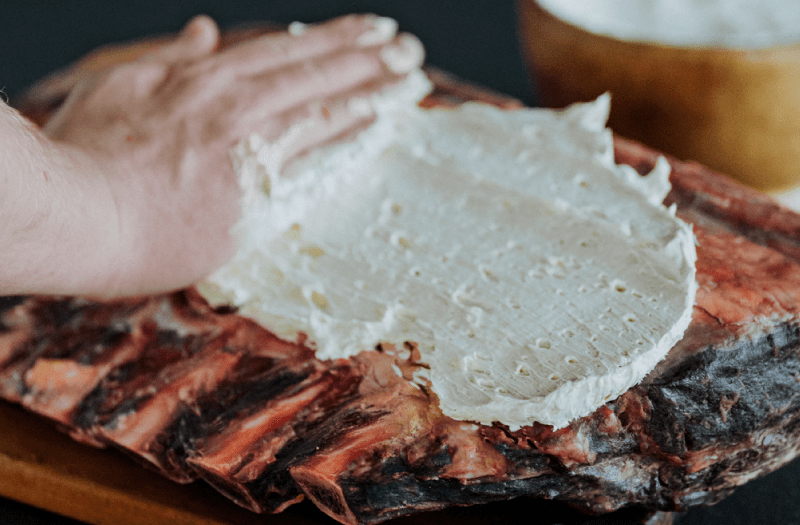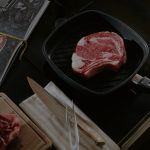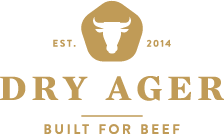Butter Aging

What is it that makes butter aging stand out from the crowd and appear be a science still so foreign to some?
Aging with butter, is a technique that butchers discovered the vast range of benefits of, back in the 1950s.
The technique involves covering meat in butter and aging it within a controlled environment – ideally a DRY AGER™.
Steps to Butter Aging:
- Use unsalted butter: ideally a high-quality unsalted butter.
By using unsalted butter, you’re able to avoid excessive salt content and instead, controlling the final flavour. - Soften butter and coat every surface of the meat, ensuring there are no surfaces of meat exposed to the air.
This way evaporation is controlled, protecting the meat from bacteria and moisture loss, throughout the aging process. - Place your butter coated meat, on a wire rack within your DRY AGER™. A wire rack is a non-negotiable, as it is imperative to ensure that there is even air circulation around the meat.
Having a solid tray or rack within your cabinet, poses as a risk in restricting the airflow, resulting in bacteria build up, leading to a mouldy product, destined for disposal. - Set your DRY AGER™ to age at a temperature of 4 – 10 Degrees Celsius and the humidity between 65 – 85%.
The comparatively higher temperature ensures that the enzymes remain active. - Unlike traditional dry aging where the aging period can take several weeks, aging with butter achieves tender results in only a couple of days.
Reason behind the short aging time, is a result of the enzymes working more efficiently, as the butter is acting in control of a slightly acidic environment. - When you reach the end of your butter aging period, remove the butter and trim any discoloured and outer layers.
Season with a simple salt and pepper combination and cook to your desired level of doneness.
The Science
Whilst these steps seem simple, butter aging is more than just coating your product in butter and setting in the DRY AGER™ to age.
When looking into the detail, there is a science. Enzymes stem from the core of butter aging, as they are natural proteins that work in breaking down the meats connective tissue and muscle fibres.
As technical as it sounds, the results of the enzymatic processes are tenderness and flavour enhancement.
More tender. More flavour. Maybe it is just that much better with butter.





